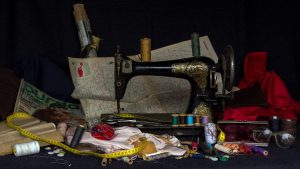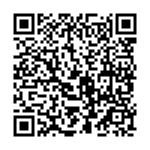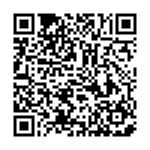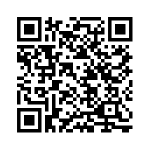Unit 2 Getting Prepared
Unit 2 Getting Prepared
Effective teachers not only know themselves and know their students, but they are also prepared. The Danielson Framework for Teaching (FFT) was devised to create a common vernacular for educators as we strive to support lifelong learning (Danielson, 2007). In this model, Danielson focuses on four domains that encompass effective teaching: planning & preparation, the classroom environment, instruction, and professional responsibilities.
To learn more about the Danielson Framework for Teaching (FFT), check out The Danielson Group at https://danielsongroup.org/the-framework-for-teaching/
Teachers cannot effectively plan for engaging and meaningful instruction, nor can they create a productive classroom environment without proper prior planning. Danielson discusses the importance of planning in Domain 1 as she outlines the essential components of the practice: 1a applying knowledge of content and pedagogy, 1b knowing and valuing students, 1c setting instructional outcomes, 1d using resources effectively, 1e planning coherent instruction, and 1f designing and analyzing assessments (Danielson, 2007).
Proper Prior Planning Prevents Poor Performance.
While experts agree that planning is an essential component for effective instruction, planning for a teacher who is facilitating an apparel production laboratory looks quite different. One of my favorite expressions in the classroom to describe the diversity reflected in academic freedoms is, “There is more than one way to Wal-Mart” (Deaton, 2021). This statement means there is more than one way to get to a predetermined destination. This chapter will outline several strategies that have proven effective; however, please note that this content is intended to be descriptive, not prescriptive. Consider which pieces of advice would work and which pieces are not applicable.
Planning always begins with knowing yourself, your students, and your surroundings.
How you plan for an apparel production lab will differ based on the…
- Your enrollment: Planning for 15 students is different from planning for 30.
- Your machines: Will you have one machine per student, or will they be required to share?
- Your classroom: Will machines be left out or will students be expected to get out the machines and put them away each class period?
- The content of the class: Are you teaching an entry-level or advanced-level group of students?
- The class period length: Will you be teaching on a block schedule or a traditional schedule?
- Diversity in your classroom (IEPs, 504s, ELLs, G/T’s, skill sets, learning styles, etc.)
- Funding for your program: Will students be expected to purchase items, or will the district fund the laboratory supplies?
- State and national standards: Is this a semester or year-long course? What standards will you be expected to unpack during that period?
- Business and industry need: What skills have stakeholders shared with you as being most meaningful and impactful for individuals to possess who are pursuing a career related to apparel production?

Prepare to plan or plan to fail. Either way–Plan!
Resources
| Resources | QR Codes |
| Framework for Teaching AR Classroom_Teacher_Rubric |  |
| Framework for Teaching Component Descriptions |  |
References
Danielson, C. (2007). Enhancing professional practice: A framework for teaching. Second Edition. ASCD. 9781416605171
Deaton, S. (2021). Teaching Apparel Production. Presentation.
Franzoni, M. (2023). Mastering the 5P’s: How Proper Preparation Prevents Poor Performance. Zella Life. https://www.zellalife.com/blog/proper-preparation-prevents-poor-performance/


